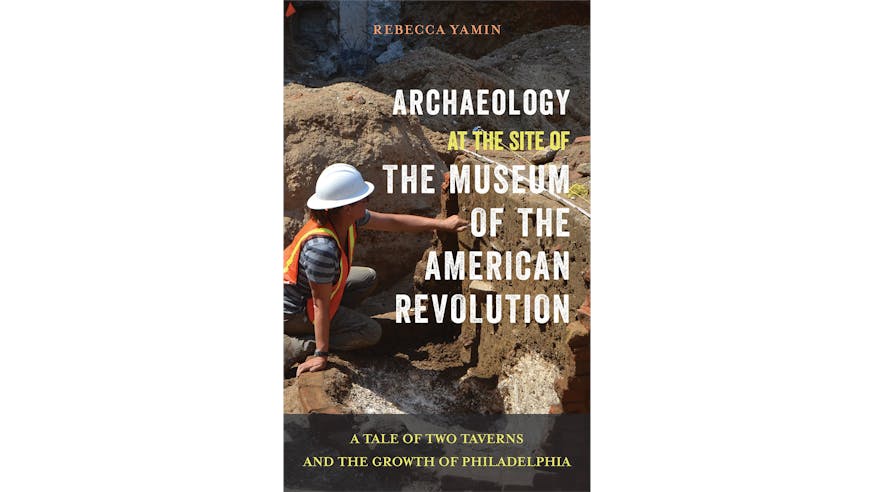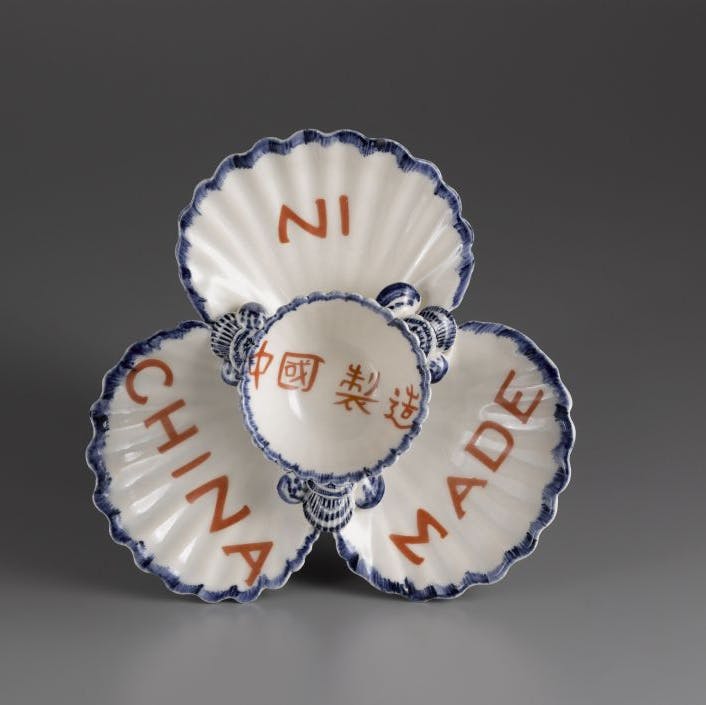Making a Bonnin and Morris Pickle Stand
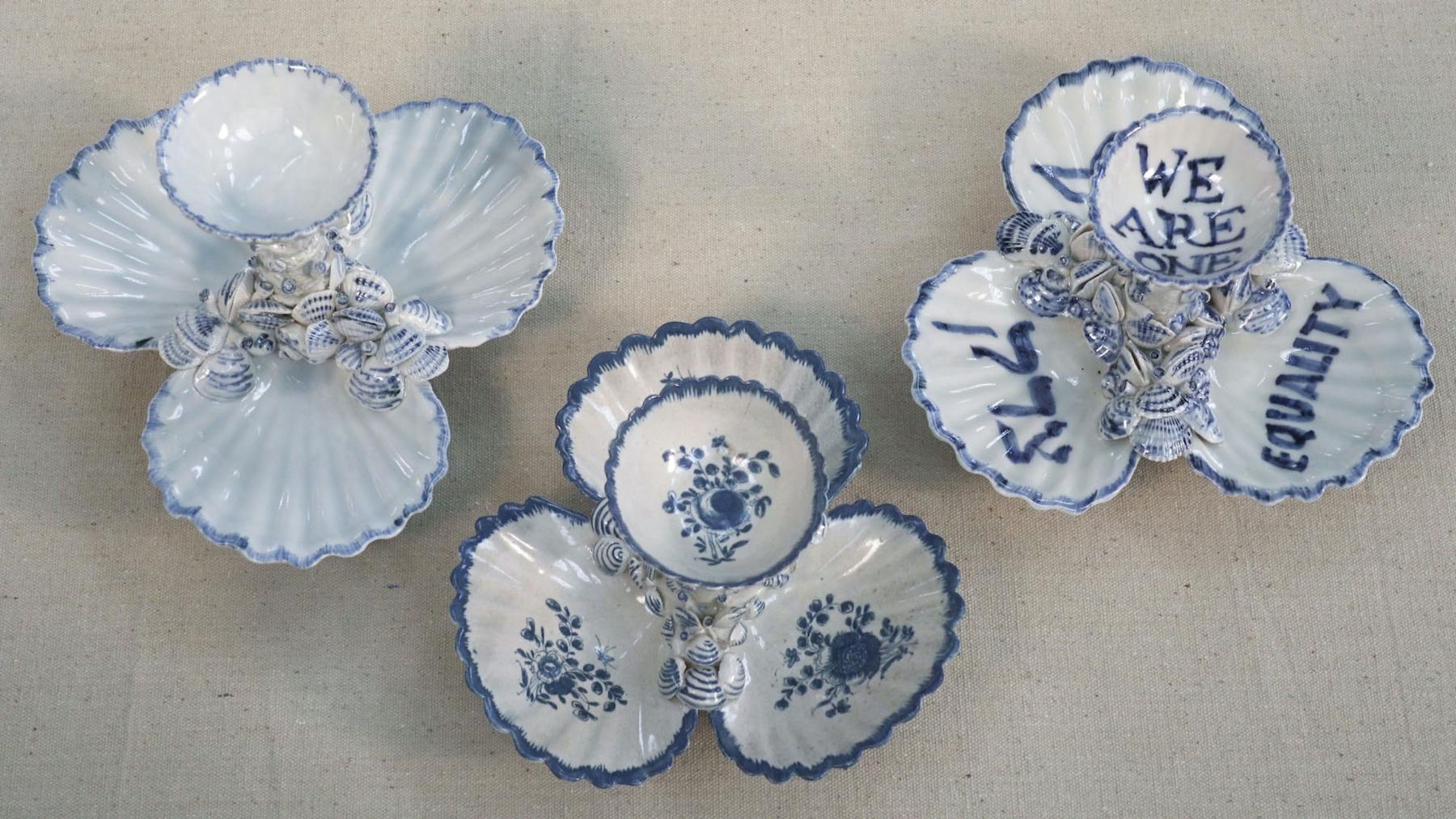

What can one piece of porcelain tell us about the American Revolution?
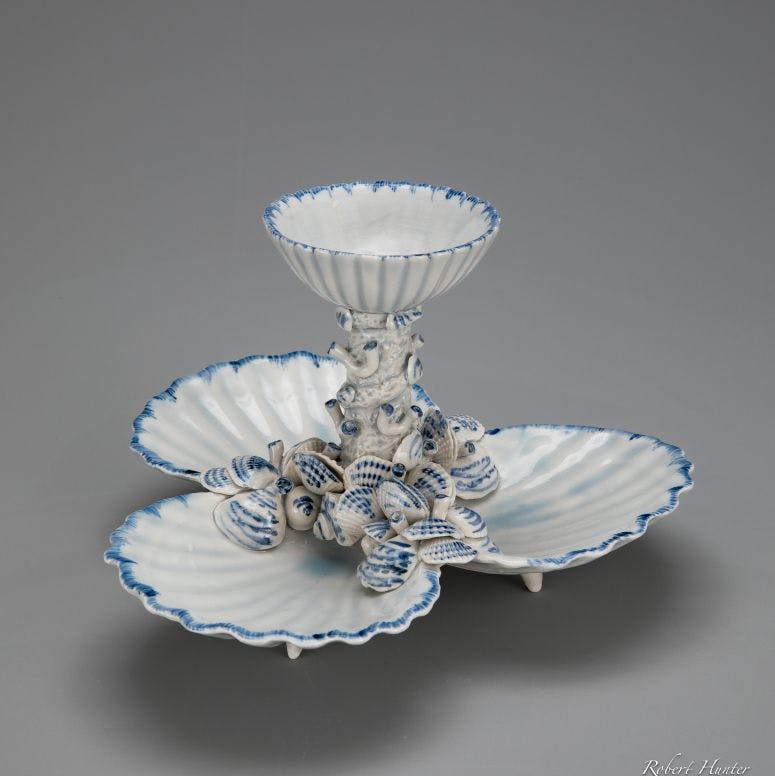
Internationally recognized as a master ceramicist, Virginia-based artist Michelle Erickson has created exquisite historical reproductions and historically inspired ceramic artworks for major museums, movies, and television series including The Patriot and HBO’s John Adams, and for collectors including Her Majesty Queen Elizabeth II.
In the video below, Erickson recreates an early American porcelain masterwork known as a Bonnin and Morris pickle stand – a tiered serving dish – using techniques of throwing, modeling, and life-casting porcelain from natural shells. The original pickle stand that inspired this work is one of just a few surviving examples produced by Philadelphia potters Gousse Bonnin and George Anthony Morris, who in the early 1770s operated the American China Manufactory, the first American porcelain factory, on a site located just south of the Philadelphia neighborhood where the Museum of the American Revolution now stands.
The original pickle stand featured in the film is owned by the Philadelphia Museum of Art and was on loan to the Museum of the American Revolution from 2017-2019. Since 2008, this pickle stand and a handful of other surviving examples have inspired Erickson to create artwork that offers commentary on 21st-century social, environmental, and geopolitical issues.
My practice of recreation is to discover the secrets held within this unique American artifact and, through the art of making, bring to life its relevance in the 21st century.Michelle Erickson
During the Revolutionary era, ceramics were used to advocate for political change and social justice. Messages supporting independence were often inscribed on ceramic items that were displayed or used during dining rituals. Even purchasing porcelain often made a political statement. Colonists began to boycott imported British goods to protest Parliamentary taxes, using their buying power to make a political point. Colonists also began producing "homespun" alternatives to imports – a reminder that the 'Buy Local' movement has very deep roots in American history. Erickson gives renewed relevance to the legacy of ceramics as a form of social expression. Her politically charged pieces comment on topics from gun control to mass incarceration.
Erickson was artist-in-residence at the Museum of the American Revolution in December 2018. The residency included a display of Erickson’s historically inspired contemporary work titled American Pickle, an evening program, and a live ceramic demonstration which was filmed for this video.
Erickson’s recreated pickle stand, produced in this film and acquired through the generosity of James D. and Pamela J. Penny, will be displayed in the Museum’s family-friendly discovery center Revolution Place, which recreates the Museum’s Philadelphia neighborhood in the 1770s. Also housed in this space are artifacts excavated from the Museum’s site during an archaeological excavation that produced large 18th-century ceramic deposits, including a bowl identified as the first example of American hard-paste porcelain.
Pickle stands weren’t just for pickles – Revolutionary Philadelphians often used them to serve fish, meats, and sweet treats. What would you serve in yours? Create your own pickle stand with our downloadable activity sheet and share it on social media with the tag @AmRevMuseum.
I was awed by Michelle’s creative vision and technical ability the first time I saw her work nearly thirty years ago. Reaching back into the past for insights and inspiration even as she passionately embraces contemporary issues, her work is a perfect expression of the Museum’s vision to ensure that the promise of the American Revolution endures.Dr. R. Scott Stephenson, Museum President & CEO
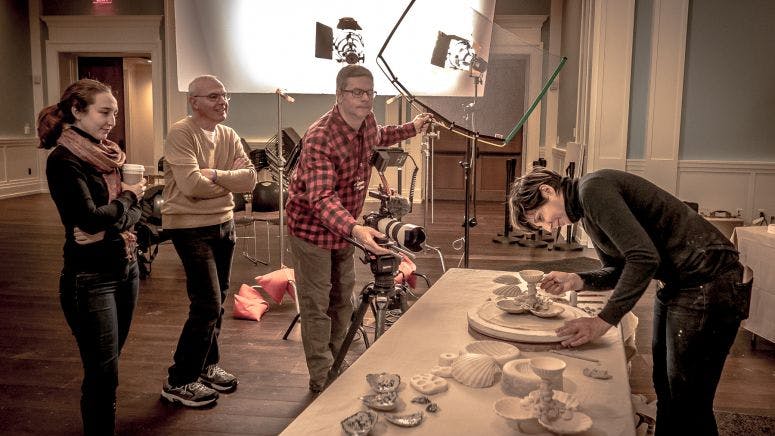
In The News
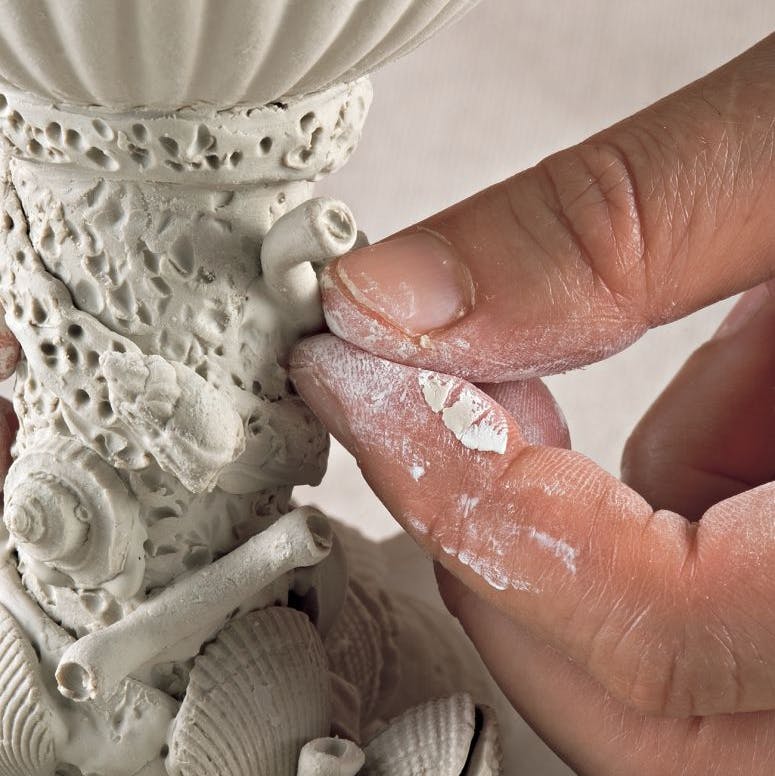
WHYY
"Politics, pottery and pickle trays: A history lesson at the Museum of the American Revolution"
About Michelle Erickson
Michelle Erickson is an independent ceramic artist and scholar, internationally recognized for her mastery of colonial-era ceramic techniques. Her pieces are in the collections of major museums in America and Britain, including the Museum of Arts and Design in New York, Seattle Art Museum, The Potteries Museum & Art Gallery at Stoke on Trent, and the Victoria and Albert Museum in London. Erickson’s body of scholarship concerning the rediscovery of 17th and 18th century ceramics techniques has been documented in many publications, most notably several volumes of the annual journal Ceramics in America. In 2007, she was commissioned to design and create the official gift to be given to Her Majesty Queen Elizabeth II during her historic visit to celebrate the 400th anniversary of the founding of Jamestown. For more information, visit www.michelleericksonceramics.com.
Made Possible by The Kaufman Americana Foundation; Reeves Museum of Ceramics, The Museums at Washington and Lee University; and The Philadelphia Museum of Art. Thanks to James D. and Pamela J. Penny and Gavin Ashworth Photography. Special thanks to Ceramics in America, Robert Hunter, and Graham Hood. Film by Jorin Hood.
Learn More
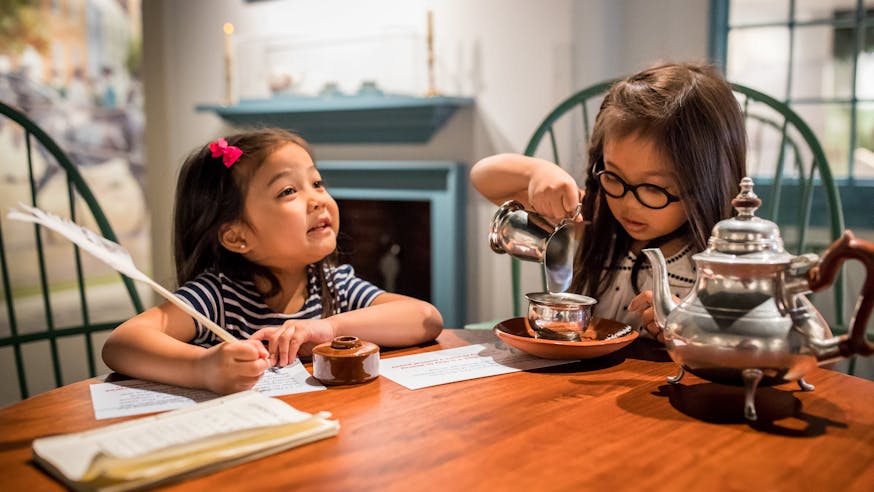
Revolution Place
Saturdays & Sundays, 11 a.m. - 4 p.m.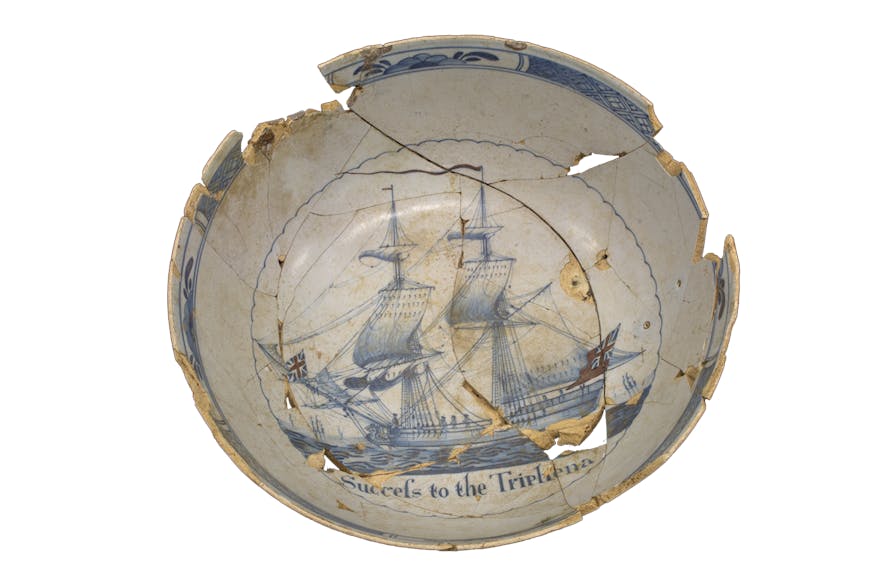
Triphena Punch Bowl
